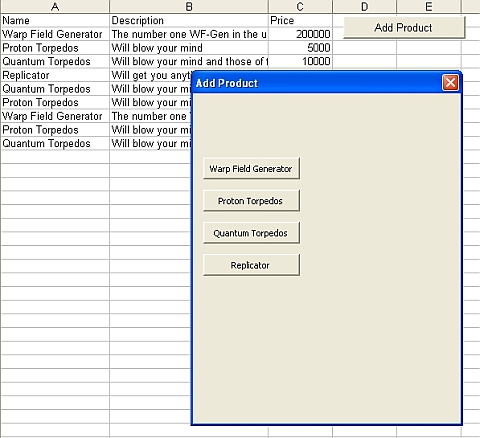Here’s just something I wrote some time ago and rotted on my harddisk. It might be helpful for people new to C++.
———————-
In all but the smallest projects, code is much more often read than (re)written. This means, that a large amount of the development time goes into reading code, which therefore should be made as easy as possible. It also means, that almost everything you can do, to make your code easier to be read should be done because the additional time you spent in writing the code will more than pay off in the future. We all know (and perhaps hate) some ways, to make code easier to read: use comments, use long variable names, give functions a clear name that corresponds to their purpose etc.
These rules can be applied in almost every programming language. But if you and your fellow developers really know the programming language, you can do more. You can express certain expectations and warranties by using features of the language and by this, express yourself more clearly (special bonus: you may even omit a few comments, because your code speaks for itself). Additionally, sometimes the compiler and the runtime environment help you to enforce certain requirements on how your code is to be used (see Design by Contract).
Continue reading →
